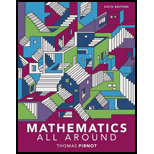
Concept explainers
In Exercises 25-32, we use the Hamilton method to do the apportionment.
The new states paradox.Redo Exercise 31, but now use the populations given below. Also assume that the original commission has 70 members.
| State | Population (thousands) |
| A | 230 |
| B | 740 |
| C | 380 |
| D | 600 |
31.The new states paradox.Redo Exercise 29, but now use the populations given below. Also assume that the original commission has 56 members. Assume that A, B, and C are the original states and D is the new state.
| State | Population (thousands) |
| A | 8,700 |
| B | 4,300 |
| C | 3,200 |
| D | 6,500 |
29.The new states paradox.Two states A and B have formed a 100-member commission to explore ways in which they can work jointly to improve the business climate in their states. The members will be apportioned to the commission according to the populations of the two states. After seeing the success of the commission, a third state asks to join and appoint members to the commission. States A and B agree and will allow state C to add as many members to the commission as they would deserve now using the current standard divisor. The populations of the three states are given below. Does this example illustrates the new states paradox? Explain.
| State | Population (thousands) |
| A | 2,000 |
| B | 7,770 |
| C | 600 |
Want to see the full answer?
Check out a sample textbook solution
Chapter 10 Solutions
Mathematics All Around (6th Edition)
 Discrete Mathematics and Its Applications ( 8th I...MathISBN:9781259676512Author:Kenneth H RosenPublisher:McGraw-Hill Education
Discrete Mathematics and Its Applications ( 8th I...MathISBN:9781259676512Author:Kenneth H RosenPublisher:McGraw-Hill Education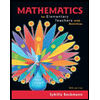 Mathematics for Elementary Teachers with Activiti...MathISBN:9780134392790Author:Beckmann, SybillaPublisher:PEARSON
Mathematics for Elementary Teachers with Activiti...MathISBN:9780134392790Author:Beckmann, SybillaPublisher:PEARSON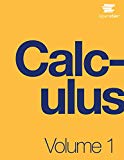
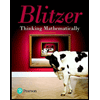 Thinking Mathematically (7th Edition)MathISBN:9780134683713Author:Robert F. BlitzerPublisher:PEARSON
Thinking Mathematically (7th Edition)MathISBN:9780134683713Author:Robert F. BlitzerPublisher:PEARSON Discrete Mathematics With ApplicationsMathISBN:9781337694193Author:EPP, Susanna S.Publisher:Cengage Learning,
Discrete Mathematics With ApplicationsMathISBN:9781337694193Author:EPP, Susanna S.Publisher:Cengage Learning,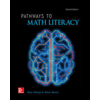 Pathways To Math Literacy (looseleaf)MathISBN:9781259985607Author:David Sobecki Professor, Brian A. MercerPublisher:McGraw-Hill Education
Pathways To Math Literacy (looseleaf)MathISBN:9781259985607Author:David Sobecki Professor, Brian A. MercerPublisher:McGraw-Hill Education





